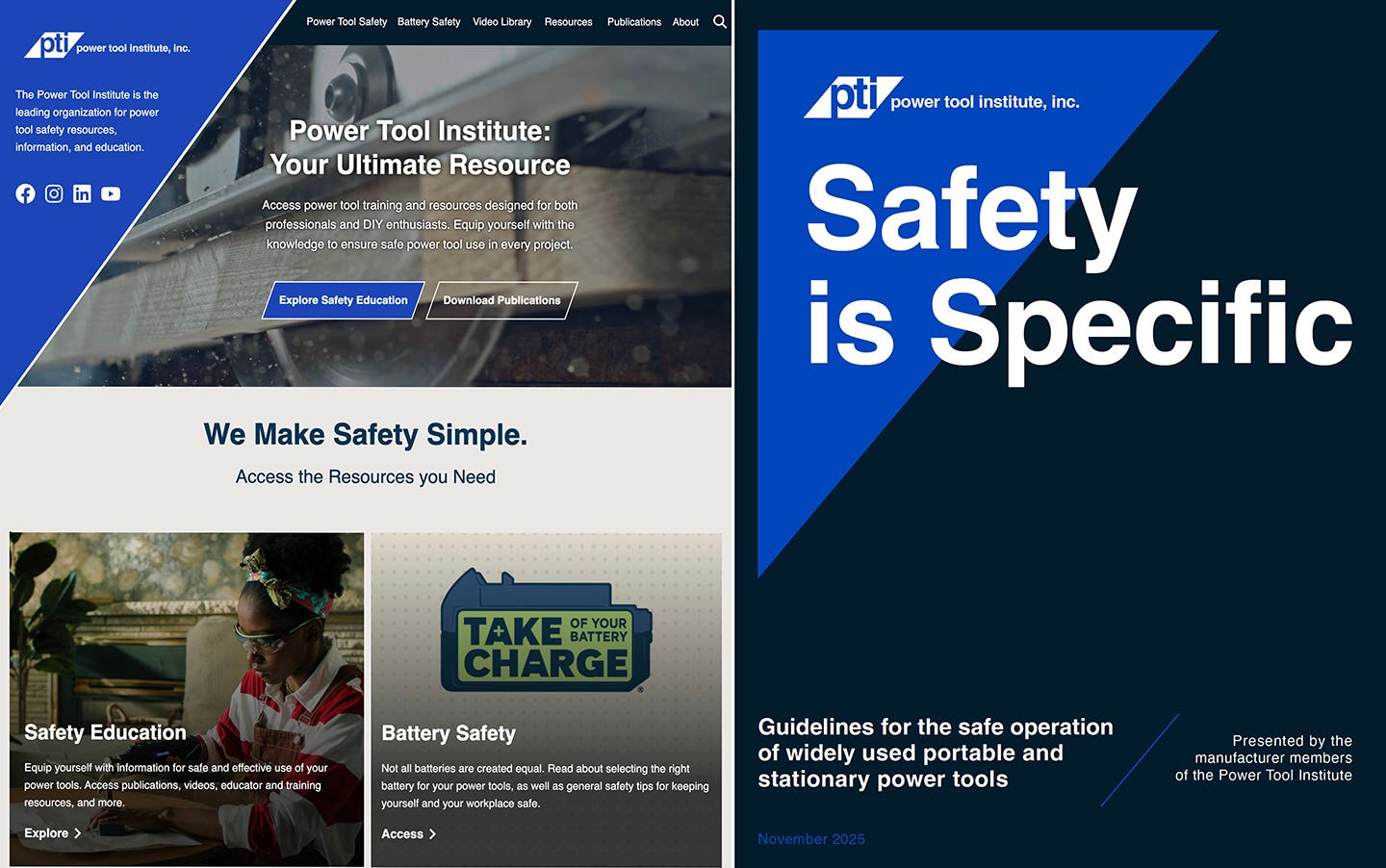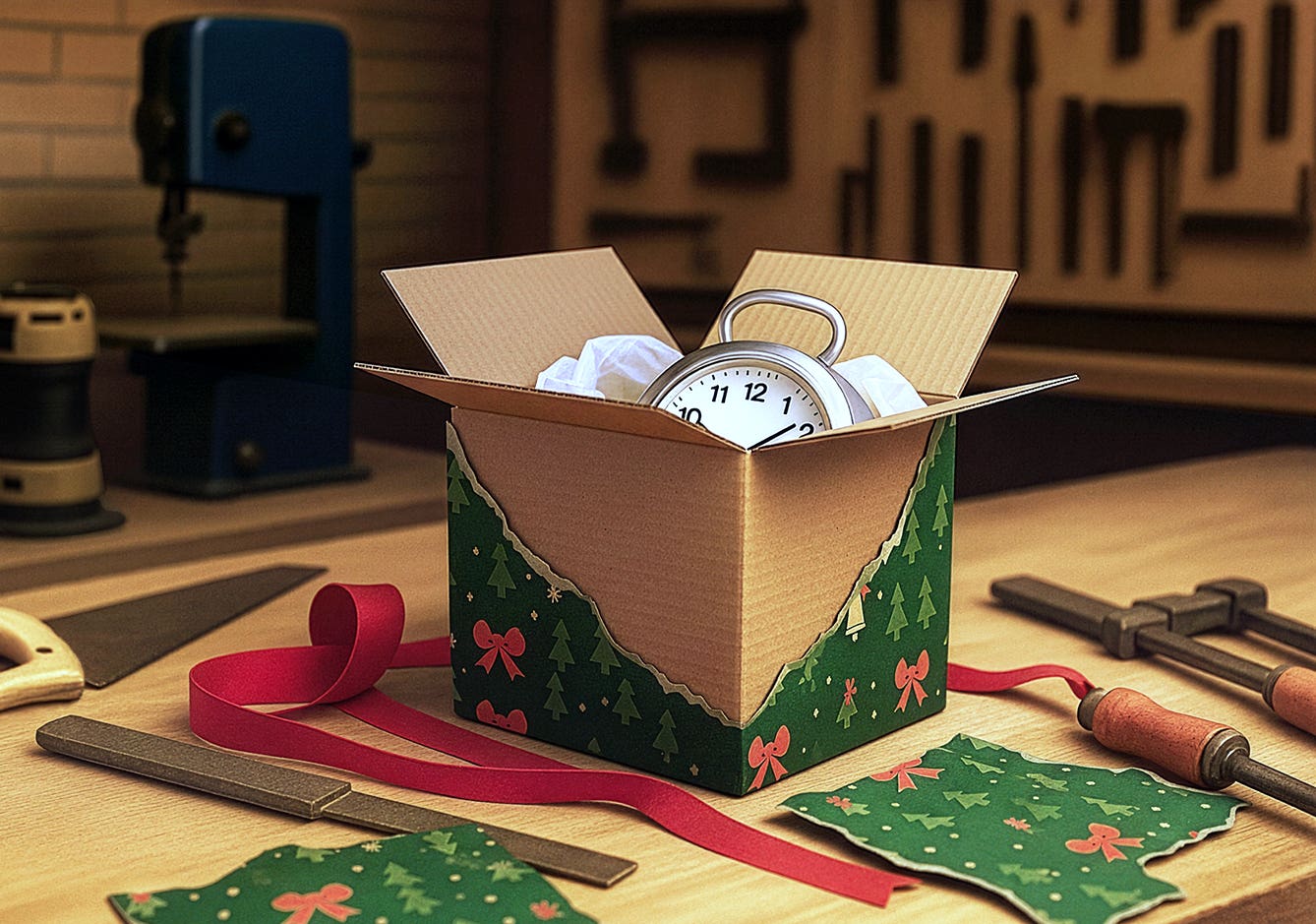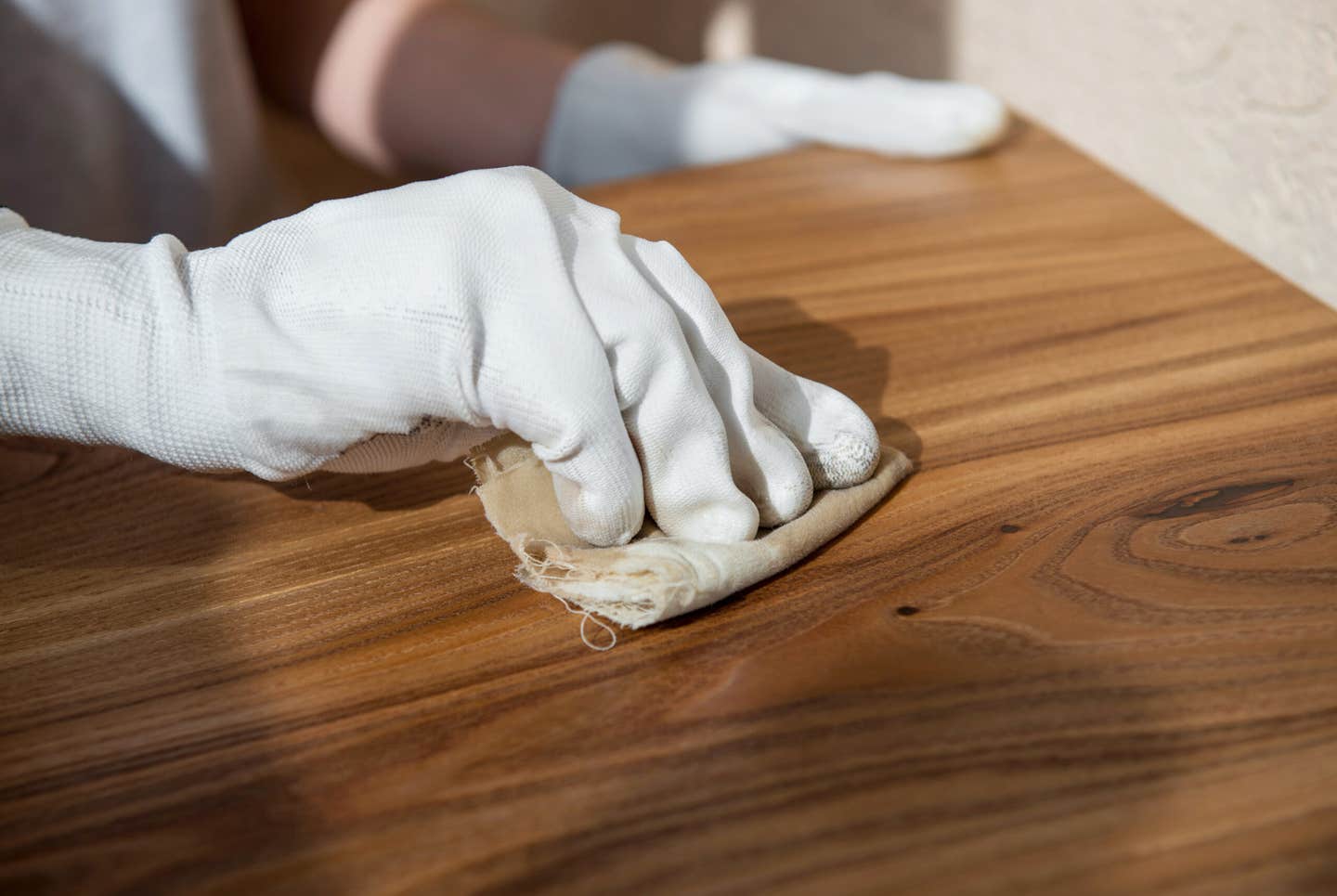Their loss is your gain
Are your cabinet sales dead? The fortunes of woodshops are often so tightly tied to the housing market that there aren’t a lot of options when it comes to affecting…
Are your cabinet sales dead?
The fortunes of woodshops are often so tightly tied to the housing market that there aren’t a lot of options when it comes to affecting sales volume. When housing starts are up, we do well and vice versa. But despite strong numbers in that segment right now, the upswing isn’t universal. There are lots of geographical areas that are still waiting for new construction to swing back in their favor. And even shops that are doing well right now need to think about diversifying. As we’ve all learned during the last few years, good times don’t last forever.
But some things do — like death. And a surprising number of people like to take their final journey in style.
Solid hardwood caskets are going for enormous prices (in the $7,000-to-$8,000 range), and even economy versions still fetch $2,500 and more. At the top of the market, caskets can bring as much as $30,000. Webster Funeral Homes in Ohio offers a range of caskets that includes a $35,000 gold-plated model. A well-built, nicely decorated and enhanced model from a custom woodshop should sell for somewhere around the cost of a small kitchen job.
As with cabinets, there are basic units and custom work. A shop that offers casework and produces millwork should have no problem building for this market. The materials are familiar: veneers, plywood, solid hardwoods and even solid surface accents. The construction techniques are not unusual: many caskets are assembled with elementary cleats and screws or pocket screws, glue and clamps. There is very little advanced joinery — not a lot of dovetails or curves — and as the interiors are lined with fabric, most of the joinery is hidden out of sight.
As the U.S. population ages, demand is increasing for both caskets and urns. And, unlike custom cabinetry, it’s possible to create inventory in this field. While each kitchen is planned and built over several months with lots of input from an architect, designer, contractor or homeowner, funerals are usually sudden, unexpected events. The planning stage is often hours, not even days. Some (very few) people buy a casket ahead of time, but most of us don’t like to walk that close to mortality. So the normal casket shopper needs to decide quickly and has no input regarding design.
That opens some doors for woodshops. They can build ahead. It doesn’t take long to catch on to what’s popular and what will sell. One small note of caution here: one will eventually be asked to build a casket for a child and that can be a very emotional undertaking, so be sure you are prepared to handle it.
Entering the market
Be aware that there are numerous states that only allow casket sales to the general public from a licensed funeral director. However, many of those laws are being successfully challenged of late, so direct sales could be a viable way to enter the market. By cutting out the funeral director, a woodshop can earn a higher price and still save money for a grieving family.
If you need to sell to funeral homes, one of their biggest costs when buying caskets from a factory is shipping. It’s not just the weight and size issues with transportation: caskets also need to be placed in shipping crates and that can get expensive. A second concern for funeral directors is the amount of time it takes to have one delivered. So, a woodshop’s marketing campaign to parlors might want to start right there. By delivering to local parlors — or at least to those within a couple of hours drive — a shop can eliminate the cost of crating and shipping and also avoid long delays. Those are great benefits for a salesperson to stress to potential buyers.
A second advantage that a woodshop has over online catalogs and factories is that the funeral director can access direct support instantly. Help is just a phone call away. If a unit gets scratched or a piece of hardware is damaged, it can be dealt with today. That’s important, because the funeral is usually tomorrow.
From a budgeting viewpoint, getting into the casket business isn’t a huge investment. You don’t need to build two or three display kitchens or dozens of doors. One or two caskets are probably enough for the showroom and, if a demo display ever needs to be sold, there will be lots of buyers at a good price. If you put a kitchen display on Craigslist, you might get a dime on the dollar. But put a new, custom-built casket on there and you’ll get some serious offers.
A couple of hours spent online will deliver an awful lot of information about casket sizes, materials, construction techniques, popular embellishments and traditional species. There are numerous woodworking plans out there that can be purchased, downloaded and studied. A day spent visiting funeral homes with a tape measure and digital camera will pay enormous benefits, too, as this not only provides universal information (what’s the standard length, height, etc.), but will also key you into regional regulations, habits, tastes, preferences and traditions.
Working with an upholsterer is going to be important. When the box is built and the hardware is installed, the inside still needs to be lined. There are numerous options here, from foam to fabric, and a knowledgeable furniture upholsterer can smooth the way.
Casket hardware
For that first casket project, retailers such as Rockler Woodworking and Hardware or Lee Valley & Veritas offer everything from instructions (including a book titled “Do-It-Yourself Coffins”) to decorative handles, rods, brackets and stamped metal corners. Most caskets have a spring “bed” inside them that can be raised or lowered on threaded legs and this allows the funeral parlor to adjust for height. There are specialty locks that secure the lids, lid supports for open viewing, heavy-duty hinges and other hardware. While retailers charge more, they will sell one hardware kit.
Once production is up and running, there are numerous wholesalers that can supply parts at bulk discounts. These include, but are not limited, to Dixline, Casket Hardware Manufacturers, Sterling Hardware, Geneva Mfg. and Langenau Mfg. Co.
Keep in mind that all hardware might not be suitable for all caskets. Some religions have rules or traditions that require special treatment. Even within religions, there might be differences that need to be taken into account. For example, not all Christian churches, especially Orthodox ones, share the traditional crucifix design.
Urns and cremation
During the last several years, there has been a significant swing away from traditional caskets and toward the interment of ashes in memorial urns. Estimates are hard to pin down, but most reliable sources in the industry say that about 40 percent of people now choose cremation. The biggest reason is cost. According to Acremation.com, “the national average (cost) for burial is $7,300, including embalming, casket, vault and other commonly requested services, whereas the national average for a cremation is only $1,650.”
Another reason is that one can take the remains along if the family moves to another state or across the country for job or retirement reasons. Leaving a grave behind can be heart-wrenching.
There are several different types of urns and all of them can be quite profitable to manufacture. The smallest ones are called keepsake urns and a family will purchase several of these if each of the children wishes to hold onto a memory. There are traditional single urns (this is the bulk of the market) and some double-capacity ones where a couple wants their ashes to remain together. There is also a huge demand for pet urns and this segment is worth exploring online.
Wooden urns can be turned and many are. But most are simple rectangular boxes that are slightly customized to the client. For example, we recently built a 1930s Art Deco-style urn for a client who had a keen interest in that period.
Before building or turning an urn, find out where it will be stored. If it will be on a mantelpiece in a private home, there will be few restrictions. If it will be placed in a vault in a memorial wall at a cemetery, then there will be very definite size restrictions. Some cemeteries have plastic containers (called vaults) in which all urns are placed. These are, of course, standardized in size.
Many urns are buried and there might be environmental regulations covering the materials that are used in their construction. A local funeral director will know the answers there. Others are placed in wall niches outdoors or in memorial gardens and adverse weather conditions could affect them. In that case, material choices are important. For example, steel lid hinges might not be as good a choice as solid brass ones.
This article originally appeared in the April 2014 issue.







